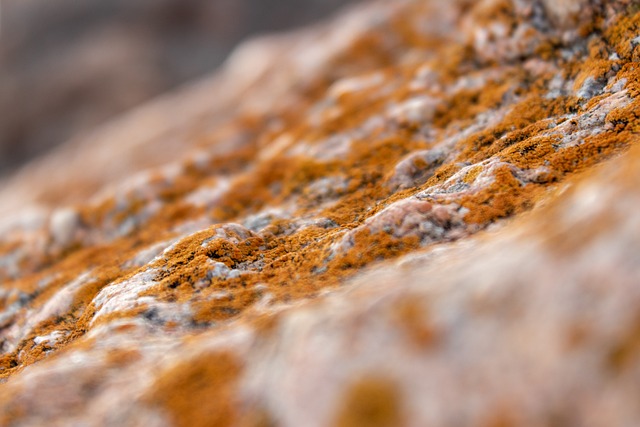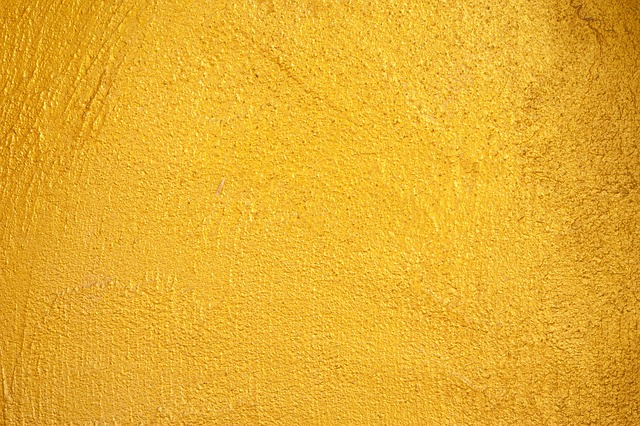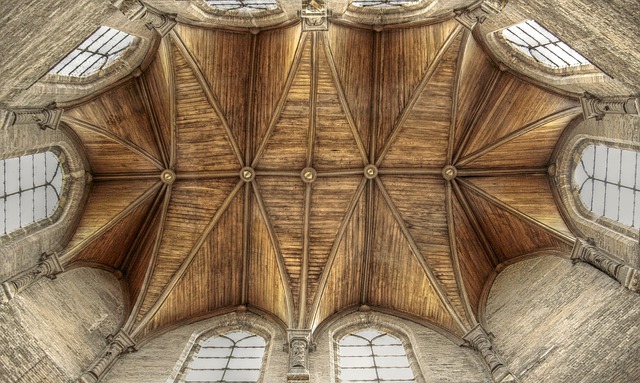Mold thrives in dark, damp environments created by water leaks, condensation, or poor ventilation, making ceilings vulnerable growth areas. Initial signs include subtle discolored stains or bulges caused by its breakdown of drywall's paper and fiberglass reinforcement. Addressing moisture sources, improving ventilation, and promptly remediating any water damage is crucial to prevent recurring mold issues on ceilings.
Detecting hidden mold in ceilings is crucial for maintaining a healthy living environment, as mold can cause severe health issues and structural damage. Understanding why mold forms on drywall—often due to moisture intrusion or poor ventilation—is the first step. This guide explores visual inspection techniques, common hiding places, and the pros and cons of DIY vs. professional mold testing. Additionally, it delves into health risks and effective remediation strategies for hidden ceiling mold.
- Understanding Mold Growth on Drywall: Causes and Conditions
- Visual Inspection: Spotting Signs of Hidden Mold
- Common Areas Where Mold Hides in Ceilings
- Testing for Mold: Do-It-Yourself Kits vs. Professional Analysis
- Health Risks Associated with Hidden Mold Exposure
- Effective Strategies for Remediating Hidden Mold in Ceilings
Understanding Mold Growth on Drywall: Causes and Conditions

Mold thrives in dark, damp environments, making ceilings—especially those with poor ventilation or water damage—ideal growth mediums. When moisture infiltrates drywall, it creates the perfect conditions for fungal spores to flourish. Often, the first signs of mold on ceilings are subtle: a discolored stain or a slight bulge in the material. This is because mold feeds on the paper and fiberglass reinforcement within drywall, breaking down these components over time.
Several factors contribute to why mold forms on drywall. Water leaks from roofs, pipes, or appliances can soak the ceiling, creating a moist environment that encourages mold growth. Condensation, particularly in uninsulated attics or during humid seasons, can also lead to moldy ceilings. Poor ventilation further exacerbates the problem by trapping moisture within the space. Identifying and addressing these underlying causes is crucial before attempting any mold removal to prevent future recurrences.
Visual Inspection: Spotting Signs of Hidden Mold

A visual inspection is often the first step in detecting hidden mold in ceilings, as it can reveal visible signs that something is amiss. Mold thrives in dark, damp spaces, so ceilings—especially in areas with poor ventilation or water leaks—are prime real estate for its growth. During your assessment, look for any discolored spots or stains on the drywall. Mold can appear as patches of black, green, or even white, and it may have a fuzzy texture. It’s important to note that not all mold is visible; some types can remain hidden behind walls or within the structure of the ceiling.
Understanding why mold forms on drywall is crucial in these situations. Drywall provides an ideal environment for mold growth due to its high cellulose content, which attracts moisture. Water leaks, condensation from inadequate insulation or ventilation, and even high humidity levels can all contribute to the formation of hidden mold. If you suspect a water intrusion or notice persistent moisture issues, it’s essential to address them promptly to prevent further mold development.
Common Areas Where Mold Hides in Ceilings

Mold thrives in dark, damp environments, making ceilings—especially those with cracks, leaks, or poor ventilation—prime real estate for hidden growth. While it might be visible as discolored spots or fuzzy patches on the surface, mold often hides within the drywall itself, beneath paint, or behind fixtures. Common problem areas include corners, joints, and areas around windows or doors where condensation can accumulate. Why mold forms on drywall is multi-faceted; high humidity levels, water leaks, poor air circulation, and even normal breathing can contribute to creating the damp conditions mold needs to flourish. Regularly inspect your ceiling for any signs of discoloration, swelling, or peeling, especially in areas prone to moisture buildup, to catch potential mold issues early.
Testing for Mold: Do-It-Yourself Kits vs. Professional Analysis

Testing for mold in ceilings is a crucial step in identifying potential health hazards caused by why mold forms on drywall. While do-it-yourself (DIY) mold testing kits are readily available and relatively inexpensive, they may not always provide accurate results. These kits typically use swabs or tape to collect samples, which are then analyzed for the presence of mold spores. However, DIY methods might miss hidden mold growth due to their limited sampling and the potential for cross-contamination.
On the other hand, professional analysis offers a more comprehensive approach. Experts use advanced techniques like air quality testing, surface sampling, and moisture meter readings to detect even minute amounts of mold. They can also pinpoint the source of moisture intrusion, which is key to understanding why mold forms on drywall and preventing future growth. Professional services provide peace of mind and ensure that any existing mold is properly addressed, avoiding potential health risks associated with prolonged exposure to mold spores.
Health Risks Associated with Hidden Mold Exposure

Hidden mold in ceilings can pose significant health risks, especially if left undetected and untreated. Mold thrives in dark, damp environments, often found behind drywall or insulation where water leaks have occurred. Why mold forms on drywall is due to its porous nature, which allows moisture penetration and subsequent growth of mold spores. These microscopic spores can enter the respiratory system when inhaled, leading to various health issues.
Prolonged exposure to hidden mold can result in a range of symptoms, including allergic reactions, respiratory problems, and aggravated asthma. Individuals with compromised immune systems or existing lung conditions are particularly vulnerable. Regular inspection and prompt remediation are crucial to mitigating these risks.
Effective Strategies for Remediating Hidden Mold in Ceilings

Hidden mold in ceilings can be a serious issue, often indicating underlying problems that require immediate attention. Effectively remediating hidden mold involves understanding why mold forms on drywall in the first place. Drywall provides a suitable surface for mold growth due to its porous nature and tendency to trap moisture. Once mold has taken root, it can spread quickly, especially if there are persistent water leaks or high humidity levels.
To effectively address hidden mold in ceilings, start by identifying and fixing the source of moisture. This may involve repairing leaky pipes, improving ventilation, or addressing issues with roof drainage. After the source is controlled, thoroughly clean the affected area using a solution of water and a mild detergent. Next, remove any contaminated materials, such as drywall or insulation, that cannot be properly dried or sealed. It’s crucial to use personal protective equipment (PPE) during this process to prevent further exposure to mold. Finally, ensure proper drying by using dehumidifiers and fans, and consider professional remediation if the mold infestation is extensive or severe.
